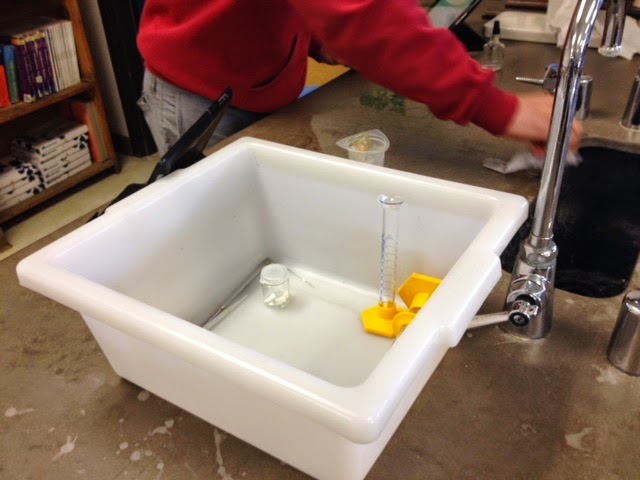COMMON/SCIENTIFIC NAME
Producer
Ginkgo Tree / Ginkgo Biloba
Lives in temperate and Mediterranean Climates.
Primary Consumer
Garden Snail / Cornu aspersum
Lives in dark dank places in grassy temperate biomes.
Secondary Consumer
False Black Widow / Tegenaria Domestica
Dark and dank places in grassy temperate biomes.
Tertiary Consumer
Domestic Pigeon / Columbia livia Domestica
Almost globally in temperate biomes.
Decomposer
Garden Snail / Cornu aspersum
Lives in dark dank places in grassy temperate biomes.
Herbivore
N/a
Carnivore
Dog / Canis Lupus Familiaris
Lives almost globally in temperate mediterranean biomes
Omnivore
Modern Human / Homo Sapian
Everywhere
Threatened species
N/a
Endangered species
Ginkgo Tree / Ginkgo Biloba
Lives in temperate and Mediterranean Climates.
Non-native species
N/a
Pollution source
 Pollution / Greenhousise Gasose
Pollution / Greenhousise GasoseEVERYWHERE - BUT YOU CAN HELP
Discussion Questions to address in your blog entry!
1. define and differentiate between ecology and environmental science and discuss the
Bellarmine campus in the context of both.! "
Ecology is about the science of animals and how they interact. It is at a biome level and includes information such as : where does the organism live? How does it cope in it's environment? What helps/harms the organism. Environmental science is focused on natural processes and it incorporates many different areas of the planet. An environmental scientist would be more focused on how the rain or the wind affects the organisms, while an ecologist might be more focused on how the organisms work together or fight for resources.
2. define and describe any population, community, ecosystem, biome and aquatic zone that you
find on campus; and discuss the biotic and abiotic factors that contribute to that ecosystem.! "
On campus myself and my peers found a variety of biomes. While the majority of the campus was covered in areas similar to grasslands and Mediterranean temperatures, there were some surprisingly swampy and colder areas. Some biotic factors that I noticed was the distinct lack of humidity. Another feature I noticed was fertile soil and mid-range temperatures going from 60-80 degrees throughout the time of observation in different areas.Some abiotic factors that I noted was a lack of insects.With all of the concrete and building, most of the insects were holed up and very difficult to find. Another abiotic factor that I witnessed was the dominance of birds in the area. This may have lead to the meager amount of worms and decomposer organisms that we were able to find.
3. construct and discuss a food chain, a food web, and an ecological pyramid based on the
trophic levels that you observe.! "
Food Chain = Food Web =
All of the chains are similar, with the human at the top and eating everything. The producer, the tree, is in the center supporting everyone. The spider is a major victim.
4. investigate and discuss any endangered, threatened, and invasive species on campus.! "
One of the endangered species that I was lucky to find was a Gingko tree, or a Ginkgo biloba. It is a very long lasting plant and has roots lasting all the way back to the Jurassic Period.
5. define pollution, and describe and discuss the various types that you observe on campus.
Any item or organism that harms or affects the environment in a negative way is my definition of pollution. This could be classified as a disease, or a human brought change, such as trash or carbon dioxide poisoning. Most of the pollution that I saw was trash in gutters, holes, and even on the grass. I also saw smoke coming out of a building, which can also be classified as pollution. The sewage drains can also seep into the ground over time, causing pollution.



























